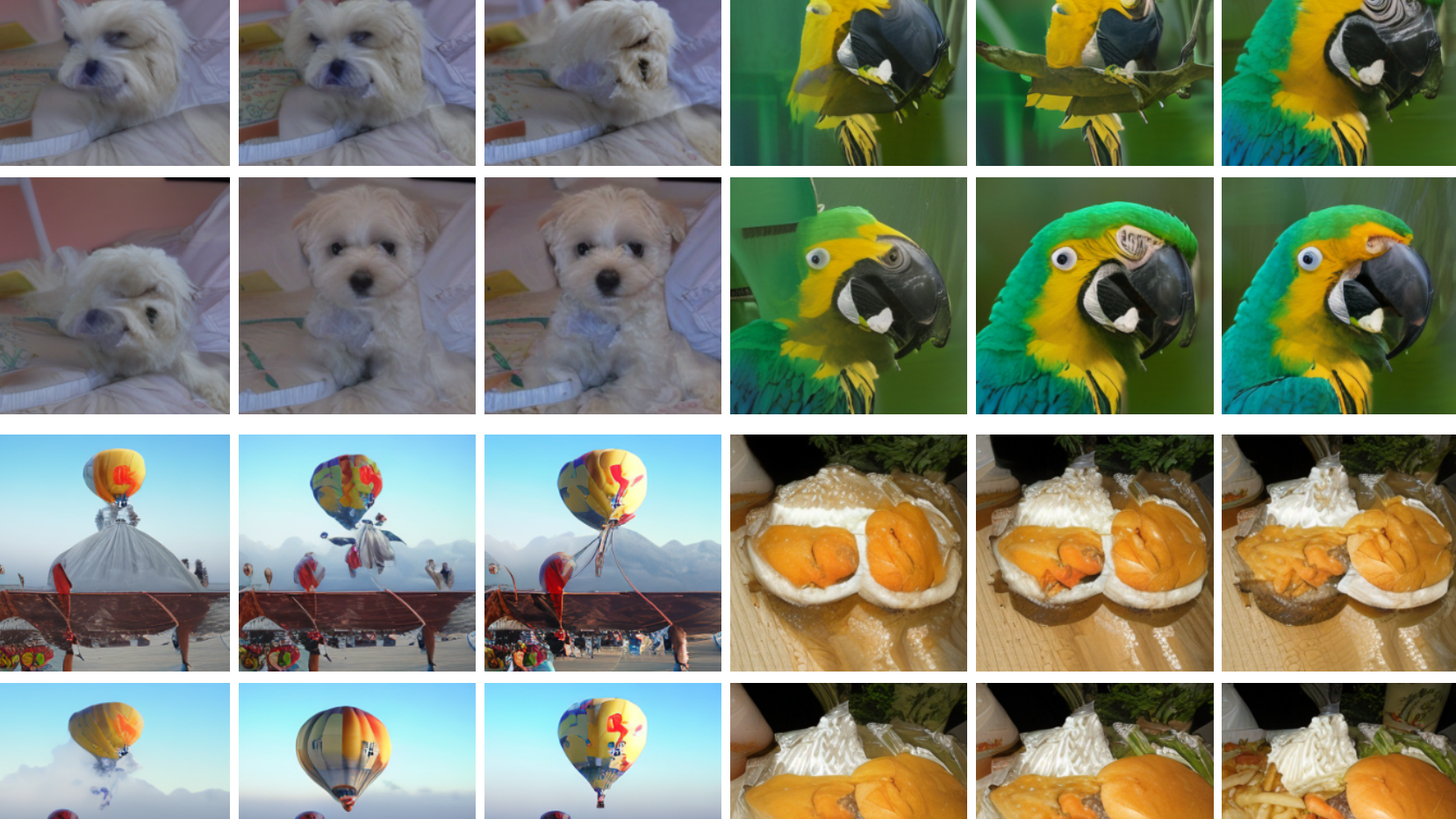REPA accelerates diffusion model training by a factor of 17.5

Key Points
- Researchers have developed a technique called REPA that accelerates and improves the training of AI image generation models. The method uses insights from self-supervised image processing and compares the representations of the diffusion model with those of DINOv2.
- REPA adds a regularization that compares the representations generated during the denoising process with those of DINOv2. As a result, the diffusion model learns to extract semantically meaningful features even from noisy training data.
- In tests, the training time for some models could be reduced by a factor of 17.5 without compromising the quality of the generated images. After 400,000 training steps, a SiT-XL model with REPA achieved a performance for which the conventional model required 7 million steps.
A new technique called REPA dramatically accelerates the training of AI image generation models. The method leverages insights from self-supervised image models to improve both speed and quality.
REPA, which stands for REPresentation Alignment, aims to slash training times while enhancing output quality. It does this by incorporating high-quality visual representations from models like DINOv2 instead of relying solely on diffusion models to learn them independently.
Diffusion models typically create noisy images that are gradually refined into clean ones. REPA adds a step that compares the representations generated during this denoising process with those from DINOv2. It then projects the diffusion model's hidden states onto DINOv2's representations.
This approach helps the diffusion model extract meaningful features even from noisy training data. The result is an internal representation that closely matches DINOv2's, without requiring extensive training on large image datasets.
Better internal representations help with faster training
The researchers say REPA not only boosts efficiency but also improves generated image quality. Tests with various diffusion model architectures showed striking improvements:
- Training time reduced by up to 17.5x for some models
- No loss in output image quality
- Better performance on standard image quality metrics
In one example, a SiT-XL model using REPA achieved in 400,000 training steps what a conventional model needed 7 million steps to accomplish. The researchers see it as an important step toward more powerful and efficient AI image generation systems.
More details and code are available on GitHub.
AI News Without the Hype – Curated by Humans
As a THE DECODER subscriber, you get ad-free reading, our weekly AI newsletter, the exclusive "AI Radar" Frontier Report 6× per year, access to comments, and our complete archive.
Subscribe now